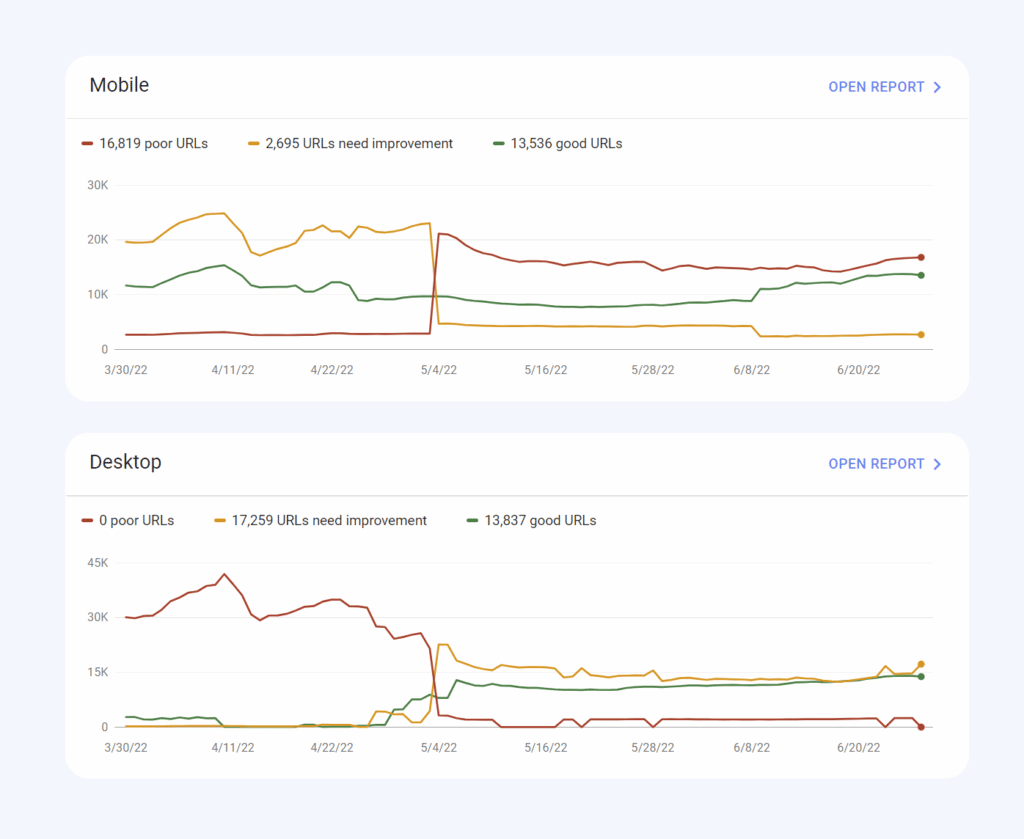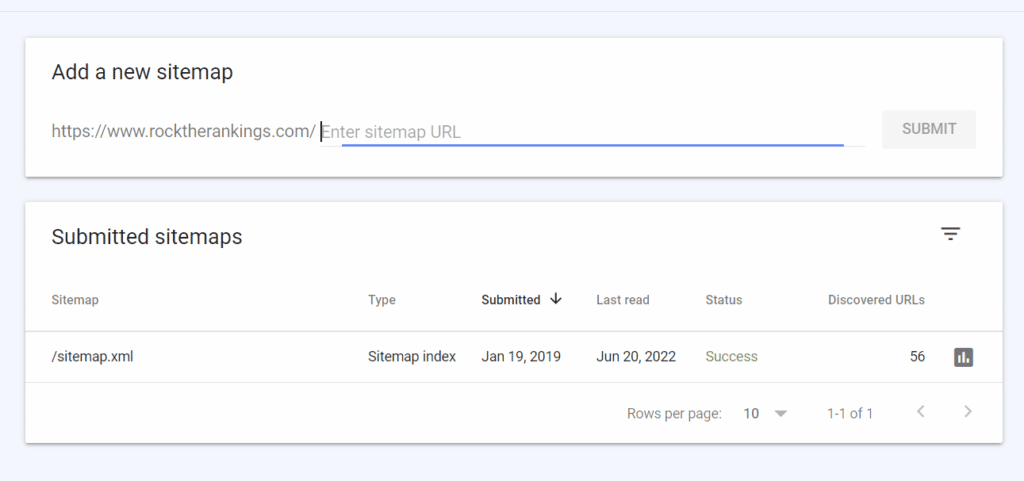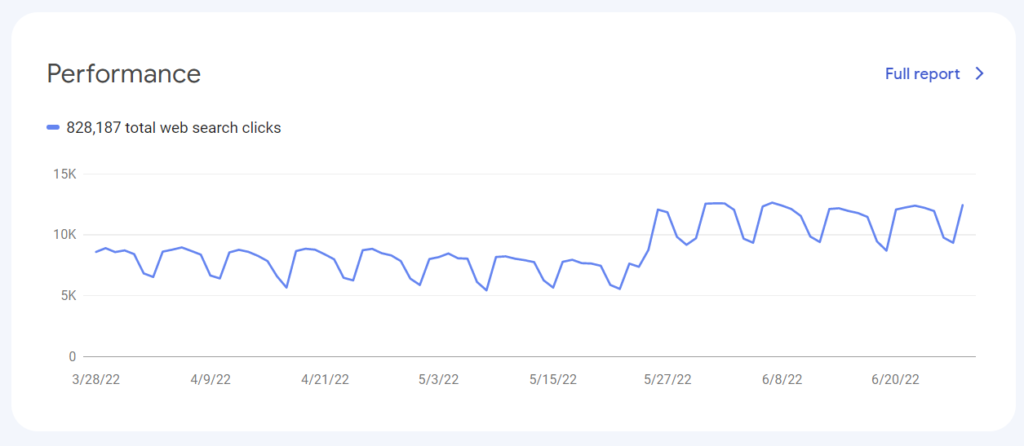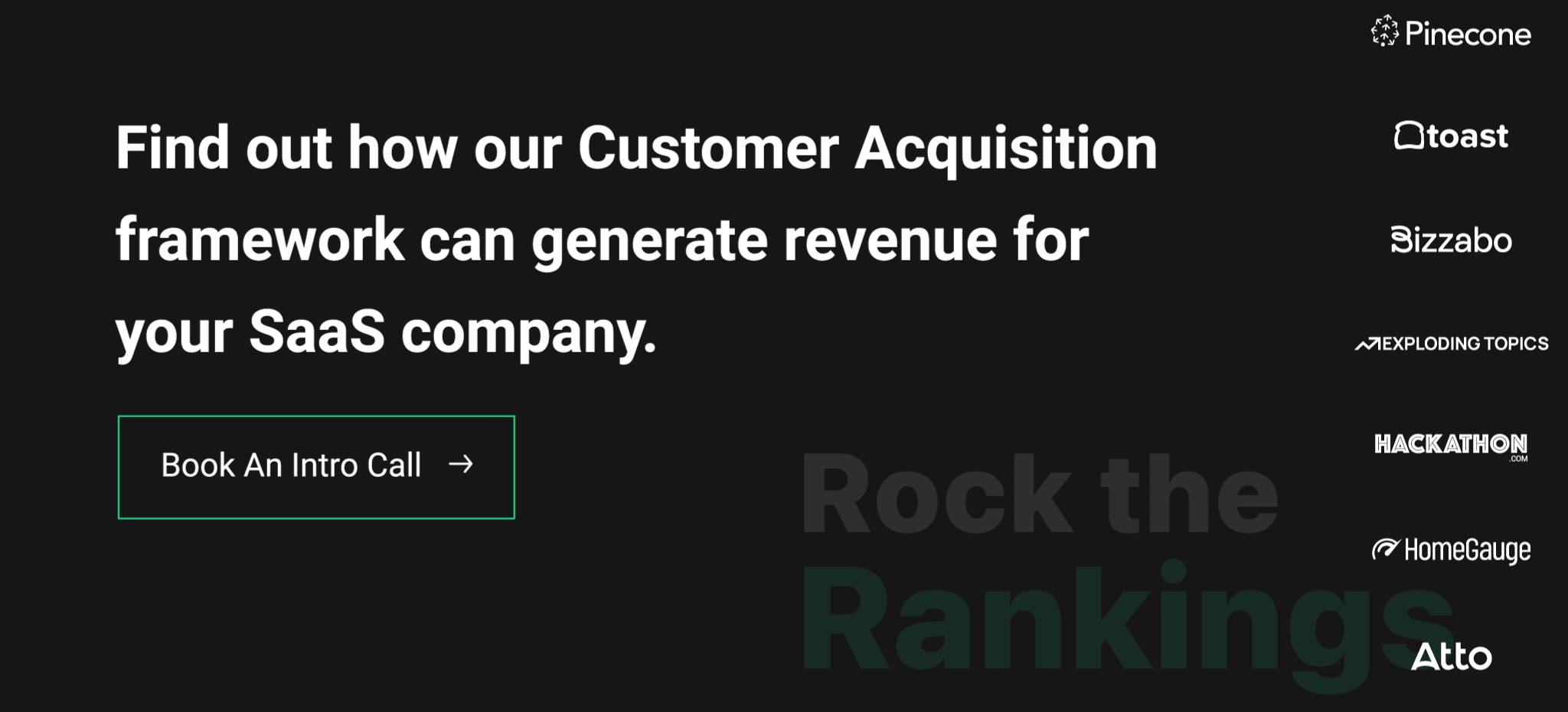Technical SEO for SaaS can be important—especially for younger organizations that are building their foundation and getting ready to implement their first full-scale SEO campaign.
With that being said, let me get up on my podium here and preach to you for a quick second:
Although Technical SEO is important, there are only a few core impact items and actions that can actually improve the situation.
I’ll go out on a limb and say that 90%+ of the “Technical SEO” action items I’ve seen mentioned when taking over a new client from a previous agency or consultant were low- to no-impact items.
These are simply fluff actions and deliverables where time is being spent where that time spent will have no positive impact on organic traffic, MQLs, trial signups, demo requests – anything.
Look – I’m not saying that’s always the case – but I see it way too often.
For the majority of businesses, and especially for businesses that have their front-end running on popular CMS platforms like WebFlow or WordPress, Technical SEO for SaaS boils down to the following SEVEN core items that we look at 👇
This is the basic starting point
If your website loads slow, you’re hurting your chances of users engaging further with your website (think content leads, demo requests, and trial sign-ups).
Here’s what we normally take a look at to start:
If you see a large subset of pages listed as “poor” or “needs improvement” on mobile and/or desktop, that’s your starting point.
This is a good example of a larger, more complex website where fixing and resolving technical issues such as site speed and mobile performance can have BIG wins:

If your Core Web Vitals look similar to the above, you have some work to do.
Open the report and start digging in, and Google will lead the way in handling LCP, CLS, and FID issues.
Regarding website loading times, the question often comes up:
How fast should our website load?
Under 2 seconds is the short and easy answer. Not more.
What we usually recommend to fix a slow-loading website:
Start with these before diving in further – normally, the issue lies somewhere in one or a few of those items.
Crawling your website’s pages and indexing them—AKA pushing them into search results — is a core function of Google and other search engines.
When your website’s pages are crawlable and indexable, they can then rank in Google and be found by your audience.
Our core starting point when working with clients and an action item in our Growth Audit after campaign kick-off is to de-index and remove any pages that are not built to rank in Google.
We only want Google crawling and indexing pages that are of value to our users.
We want to avoid index bloat, better known as putting hundreds or thousands of pages into Google’s index, which can cause irrelevance and erode our topical authority.
So what do we do to ensure we’re properly being crawled and indexed?

It’s good to take a quick look in Google Search Console and see which sitemap(s) if any have already been added.
Outside of the above, we usually work with clients on the indexing side to:
📝 Internal linking is one of the most underused and underrated “quick wins” in SEO that most marketing teams are not aware of, and don’t take advantage of. Proper usage of internal links can skyrocket your organic performance. We closely work with all of our clients to implement a winning internal linking strategy for existing content, as well as TO build out content silos to squeeze maximum impact from our backlink profile. If you’re not already actively working on internal linking or have a strategy on how to use your internal links for the biggest impact, it’s probably worth scheduling a Free Grow Faster Session with our team to take a closer look.
Indexing, on the flip side, is when Google and other search engines pull in your content and gauge how relevant it is to include it in the search results. We work to implement during this step:
Crawling and indexing are two essentials to master to ensure organic success.
Providing an excellent mobile experience is a HUGE benefit to search rankings.
Google’s search rankings actually vary for example, from mobile to desktop.
This is also why Google has implemented Core Web Vitals into Google Search Console, which easily allows businesses and users to monitor their mobile experience scores.
Mobile rendering issues often occur on custom-built themes for WordPress or WebFlow, as well as custom-built websites that are not behind a popular CMS.
It’s good to check the mobile experience across a multitude of devices and to ensure that everything is properly rendered across all relevant search pages.
We can keep this one pretty short, as it doesn’t occur as much as it used to – but still surprisingly pops up from time to time.
HTTPS ensures that a website is encrypted, and search engines use this as a very minor ranking factor. Where this can hurt you even more is causing a drop in trust of users converting for a paid conversion for your product.
If you check the top left of the URL in your browser, you’ll see a padlock icon across browser types that signifies the page is secure.
If your website is not secure or the security certificate expires, you should resolve that immediately.
Canonical tags can be very, very dangerous to search rankings if used improperly.
If you’re not familiar with canonical tags are a way of telling Google and other search engines that a specified URL is a copy of another page or page.
Canonical tags allow you to prevent content duplication issues and tell Google the preferred page you want to be indexed in the search results.
If canonicals are accidentally set to the wrong pages or simply added by accident to one or multiple pages, these pages will stop ranking in Google as we’re telling Google:
“Hey, don’t rank this page – rank that one – it’s the preferred page.”
During our Growth Audit, this is a core item we look at, as too often we see pages wrongly canonicalized, which completely stops them from appearing in Google’s search results, meaning no traffic.
Want to dig into this yourself?
Run a scan using SiteBulb and manually check the parent URL vs. canonical URL, or grab a free Chrome plugin such as “Detailed SEO Extension,” which lets you quickly check a page’s attributes, including canonical usage.
If you see a canonical places on a page that shouldn’t be there:

You’ll want to take a much deeper dive into what exactly is going on behind the scenes.
Multi-language and multi-location SEO is probably one of the more involved SEO action items within the Technical SEO bucket that deserves alone its own deep dive, but high-level we often times see:
Setting up the right architecture for targeting multiple languages is a complex subject, and some business decisions also need to be made.
Why?
Because it’s not as simple as adding those pages to the website, letting them rank quickly, and getting to work.
We need to set this up properly and consider what makes the most sense for us as a business across the three core solutions.
This also depends on where the business sees itself for example in 5 years, as that will have an impact on the potential route taken when setting up these pages and the structure itself.
Here are the three high-level core solutions for an International SEO setup:
Each of these
If your pages setup to rank in other languages are not being indexed in Google, and are not ranking at all, it’s most likely because:
This, for me, falls more into the “On-Page SEO” bucket and should be handled on a page-by-page basis.
But.
This issue is often overturned when we run our Growth Audit and look for high-impact technical issues.
Within our Growth Audit, we pull back and merge metrics and data from Ahrefs, SEMRush, Google Search Console, SiteBulb, and Google Analytics to give us all of the data in one place to make important page-level decisions.
Within this, we’re looking high-level across:
These are core on-page SEO items that have a BIG impact on your position in the search results.
When we find missing and or metal and titles that need re-written, we push those to another process where we build a content outline for that given page to re-touch, re-write, and re-vamp the content, including these important on-page factors.
You can easily look for issues across your meta and titles by running a site-wide crawl using a tool like SiteBulb to pull back the data and quickly get to the high level.
Struggling to grow organic demos signups? Rock The Rankings is a top-ranked SaaS SEO Agency that helps SaaS businesses make organic their customer acquisition engine. We’ll create a free marketing plan for your business and walk you through step-by-step exactly what needs to be done to grow faster.
There generally should be a very good case for serving content on one or multiple sub-domains.
The root folder of a website and the homepage itself are (almost) always the strongest pages of the website and for good reason.
You don’t want to be creating a bunch of sub-domains for your content and pages, again, unless there’s a very good reason for doing so, which could be:
The usage of sub-domains is on a case-by-case basis and depends on what you’re trying to achieve.
Content can be easily structured and placed in an architecture that is built on sub-folders.
A sub-folder structure and how you name URLs will help Google more easily understand a website’s sections and pages and allow for better organic performance over time.
A client in the B2B SaaS space was looking to diagnose a sudden traffic drop that occurred in Q4.
Built on a custom build, it turns out another change completely flipped canonicals on a sub-set of pages to incorrectly canonical to another page, causing rankings for the core conversion pages to drastically drop:

You’ll notice the drop around November 2021, whereas a fix was implemented in late December 2021, causing a sudden growth in organic traffic.
Unfortunately, it’s going to take some time to re-gain back that previous traction, but this is a good time to say:
It’s better to be proactive about Technical SEO.
You don’t want to get caught flat-footed, chasing down the solution to a massive traffic drop with management asking questions about why organic MQLs are down 40%.
Crawl frequently and take time to monitor organic performance—even if net new organic growth isn’t your primary goal at the moment.
Internal linking is one of the most important factors for any website, regardless of size.
Technical factors become even more important in the equation as you start to get into more complex websites with larger page sets and more advanced serving of content (dynamic, geo-location, etc).
The below is a perfect example for a client in the technology space, which simply by only optimizing their internal linking structure, they were able to increase organic clicks by 40% over a 5-week period:

The solution for improving the internal linking structure was simple and knocked out in four steps:
Internal linking is one of the highest impact, technical SEO items you can hit on for SaaS.

The above core technical factors are what we most often see holding back SaaS organizations when we run our Growth Audit.
Is this an exhaustive list? Certainly not.
But for most businesses, a lot of the Technical SEO factors that get thrown around are no-impact items.
It’s one thing to follow best practices, but it’s another to dedicate your resources in a smart way to achieve desired milestones.
If you’re running into organic roadblocks, and believe are technical in nature, the above is the perfect starting point for diagnosing what’s holding your business back from hitting new heights.
Founder of Rock The Rankings, an SEO partner that helps B2B SaaS brands crush their organic growth goals. An avid fan of tennis, and growing micro-SaaS businesses on the weekend. 2x SaaS Co-Founder – Currently working to build and scale Simple Testimonial.
Book a 1-on-1 intro call with our founder that includes a FREE custom marketing plan. Start growing faster, today.